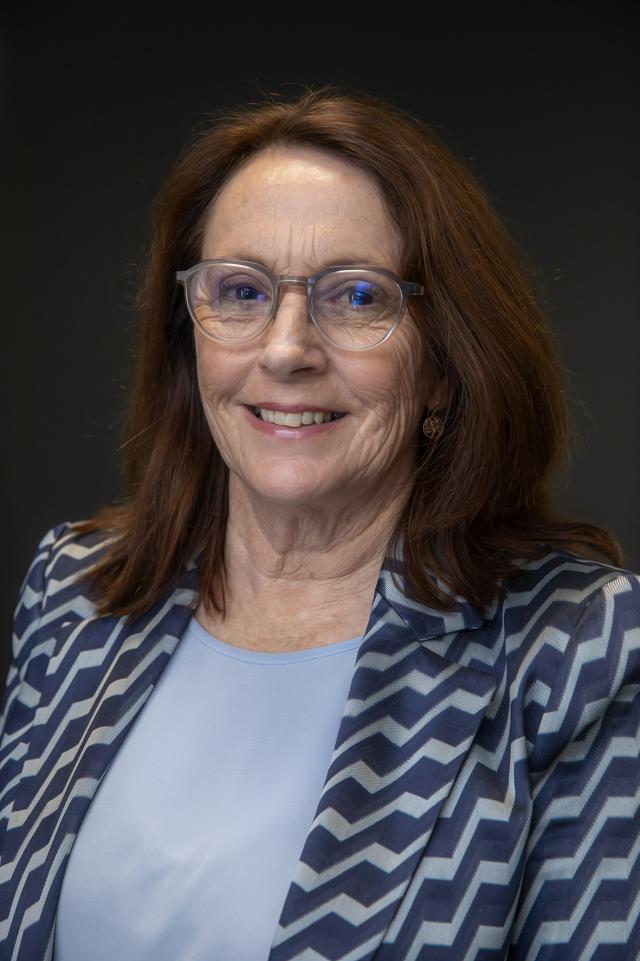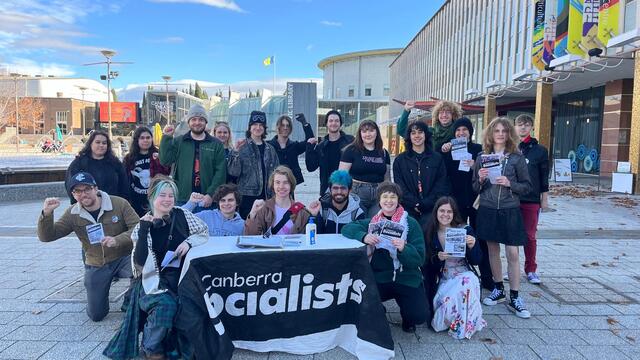Australia’s standing on the international stage has largely been held in high regard. But this is now being seriously challenged on two main fronts. The first, and one which is long overdue, is our failure to address the gap between the living standards of Aboriginal and Torres Strait Islanders and non indigenous Australians, alongside a poor record in reconciliation. The second is the damage being done to our reputation through our treatment of asylum seekers.
The recent release of Australian Social Trends 2002, by the Australian Bureau of Statistics, reaffirms the gap between Aboriginal and Torres Strait Islanders and the rest of the population in terms of mortality rates and levels of education. Some progress has been made in reducing infant mortality rates but the data points to entrenched problems in the areas of adult health and higher education. The death rate for Indigenous people aged 30 to 64 years is seven times that of the total population.
Alongside a 20 year difference in life expectancy, this all points to the need for improved effort in regard to Indigenous health, housing, education, employment and recreation opportunities. Marion Hansen, Victorian ATSIC Commissioner, is correct when she says that these figures confirm just how far Australia lags behind the rest of the world in finding answers to Indigenous disadvantage.
Addressing these areas of disadvantage require a concerted effort by all spheres of government, with Local Government able to play a key role. A recent study, undertaken by the Municipal Association of Victoria’s Indigenous Interagency Coordination Committee for Local Government, provides a snapshot of how Victorian Councils are progressing reconciliation and addressing urgent issues facing Indigenous communities.
The survey of all 78 Councils drew a 100 per cent response. Acknowledging that historically relations between Local Government and Indigenous communities in Victoria have been poor, the survey found that in recent times productive relationships have been established and good will developed.
The report, ‘Tommnangi: Indigenous Communities and Local Government – a Victorian Study’, is a useful resource document to assist Councils with further ideas to improve services and relationships with their Indigenous constituents. It reaffirms that being grass roots, Local Government is ideally placed to show leadership in reconciliation and addressing disadvantage through improvements in service delivery and communication.
Local Government also has the opportunity to show leadership in regard to asylum seekers. Being a displaced person is nothing new. Whether people seek refuge, a new home and hope for a better future as a result of political upheaval, social persecution or economic plight, it matters little. In a country like Australia that has been built on immigration, which prides itself on its inclusiveness and needs to stimulate growth, particularly in our regions, ‘no space at the inn’ is the ultimate irony.
Federal Government policy, fanned by widespread media complicity, that being ‘soft’ would open up the flood gates from the north has little credence. Last year, just over 4,000 ‘boat people’ arrived here. In Europe, over the same period a massive 300,000 people sought refuge. With around 700 Local Governments across the nation, some 4,000 people arriving in Australia equates to roughly two families per Council area. If this was to rise to five, 10 or even 20 families per year, it would still be a very small number to accommodate in our communities.
Concern about the incarceration of men, women and children in detention centres is growing and Local Governments have the opportunity to work with their communities to debunk the various myths being peddled to support what has been aptly described by Melbourne QC, Julian Burnside, as morally bankrupt government policies.
This month Ashfield Council, in Sydney, is expected to agree to the placing of a banner with the words, ‘Ashfield Welcomes Refugees’ outside its Civic Centre. It is hoped that other Councils will show leadership and consider taking positive action.







